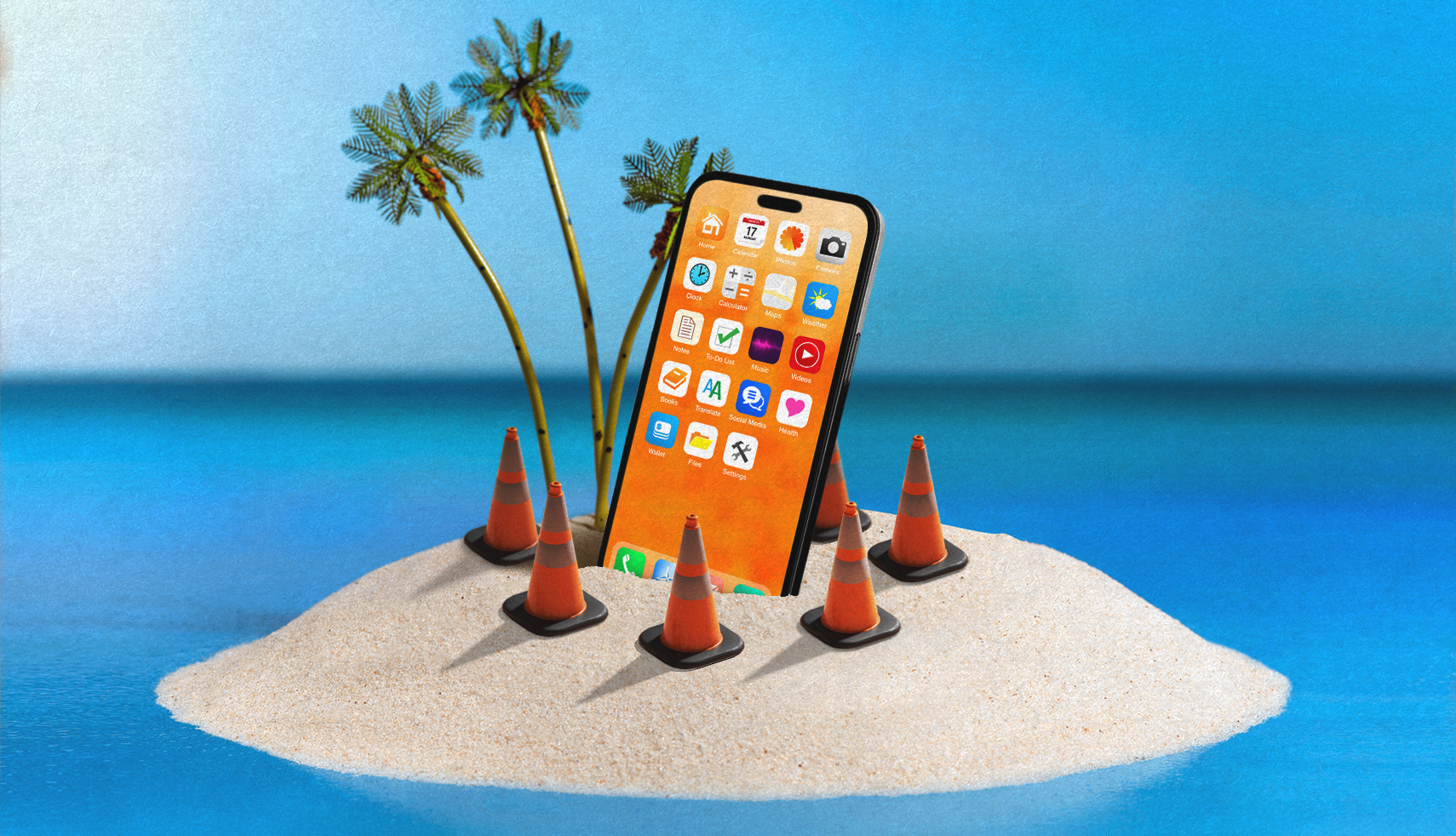AARP Hearing Center


You love practically everything about the beach. Catching rays in the warm sun, the sand under your feet, riding the waves. But here’s what doesn’t love the elements: your tech devices.
Extreme heat and corrosive saltwater are kryptonite for phones, tablets, e-readers and other gear you may bring to the shore.
Even so, you’re loath to let the environment stop you from enjoying the pleasures of summer: donning headphones for music and podcasts, immersing yourself in an e-book page-turner, snapping pictures with your phone or digital camera.
You may even chance it and swim wearing a fitness tracker or smartwatch; in truth, not the smartest idea.
Indeed, just as you should wear sunscreen to shield your body from the sun, you ought to take measures to make sure that your electronics are protected during these dog days.
Ahead of your travels to the beach, keep these things in mind:
1. Check to see if your device is waterproof.
State-of-the-art smartphones, some e-readers and tablets and even, in some instances, Bluetooth speakers are waterproof. But pay close attention to the details.
Gear marketed as water-resistant does not necessarily mean the same thing as products with a waterproof designation. It might only mean the devices can withstand a splash or misty rain.
Moreover, even devices that are considered waterproof are not created equal in terms of the protection they may provide.
Understanding waterproof ratings. A good gauge is the IP, or ingress protection, ratings established by the nonprofit global International Electrotechnical Commission, or IEC. Ratings appear as two numerals, the first measuring protection against solid objects on a scale from 0 (no protection) to 6 (no ingress of dust). The second numeral rates the enclosure’s protection against liquids and uses a scale from 0 (no protection) to 9 (high-pressure hot water from different angles).
If your device carries an IP67 rating, it is supposedly protected up to 1 meter (3.28 feet) of water for about 30 minutes. An IP68 device lowers the depth to about 1.5 meters (4.92 feet) for that same half hour. In both instances, the 6 indicates such devices are protected against dust.
If you see IPX8 instead, it means the device is waterproof but not necessarily dust-resistant.


































































More From AARP
Stay Cool When Your Phone Is Hot
Take these precautions with a cooked handset to avoid overheating
Click, Book, Go: Travel Technology Use Among Travelers Age 50-Plus
Most (94%) older adults say they are at least somewhat comfortable with technology. Many leverage it across each phase of their travel journey.
Affordable Beach Towns Across the U.S.
Enjoy sun and surf in these cities without breaking the bank